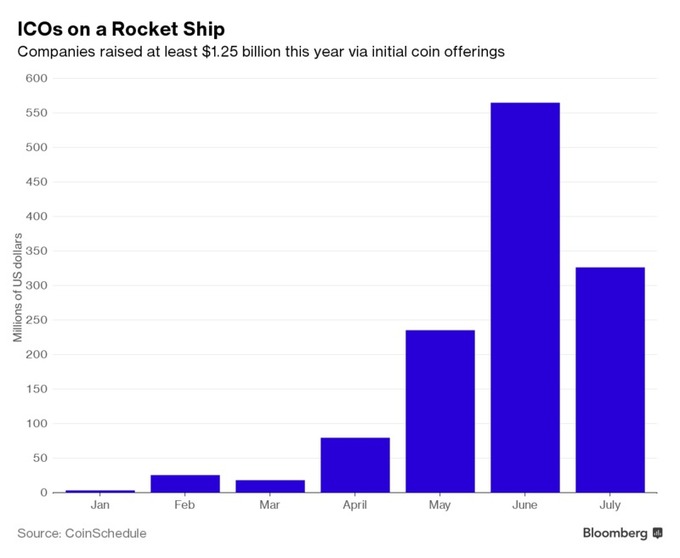Artificial Intelligence Fuels New Global Arms Race
FOR MANY RUSSIAN students, the academic year started last Friday with tips on planetary domination from President Vladimir Putin. “Artificial intelligence is the future, not only for Russia but for all humankind,” he said, via live video beamed to 16,000 selected schools. “Whoever becomes the leader in this sphere will become the ruler of the world.” Putin’s advice is the latest sign of an intensifying race among Russia, China, and the US to accumulate military power based on artificial intelligence. All three countries have proclaimed intelligent machines as vital to the future of their national security. Technologies such as software that can sift intelligence material or autonomous drones and ground vehicles are seen as ways to magnify the power of human soldiers. “The US, Russia, and China are all in agreement that artificial intelligence will be the key technology underpinning national power in the future,” says Gregory C. Allen, a fellow at nonpartisan think tank the Center for a New American Security. He coauthored a recent report commissioned by the Office of the Director of National Intelligence that concluded artificial intelligence could shake up armed conflict as significantly as nuclear weapons did.










